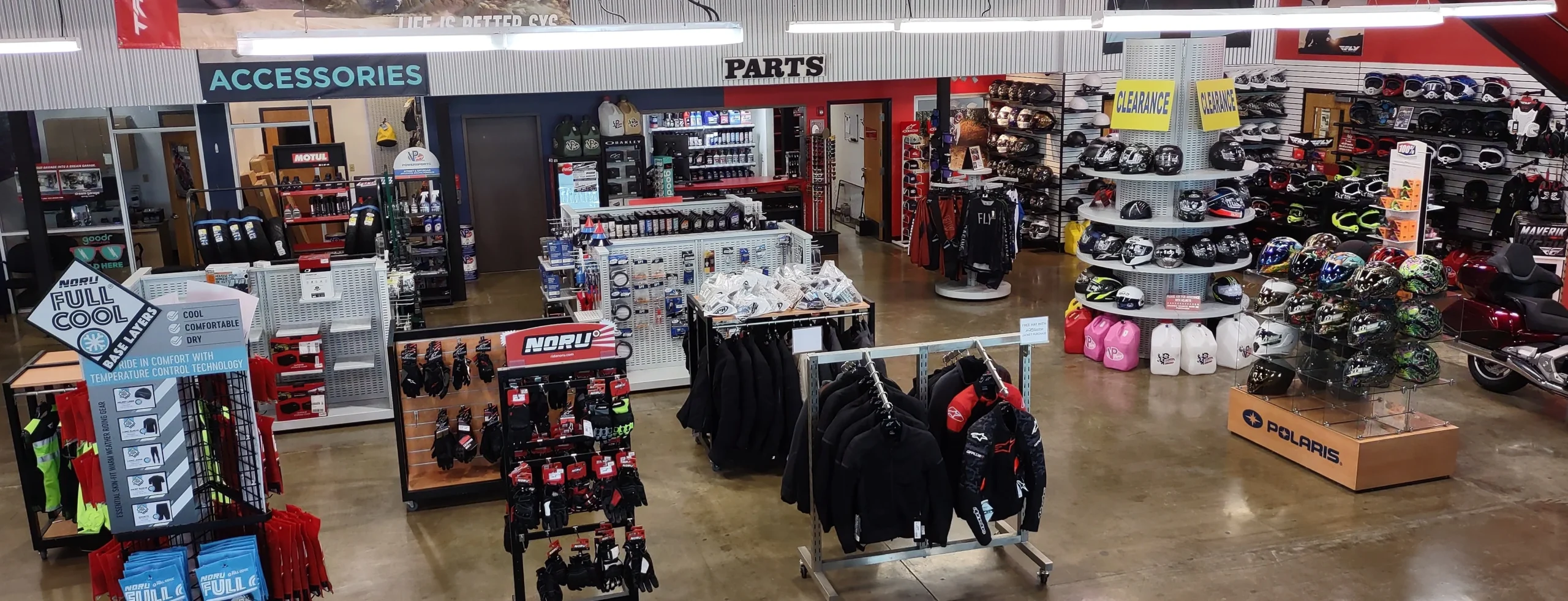Crucial Motorcycle Parts NZ for Peak Performance and Security
Crucial Motorcycle Parts NZ for Peak Performance and Security
Blog Article
Grasping Bike Gears: Just How to Enhance Your Riding Experience
In the realm of motorcycling, mastering the art of gear adjustment is important for improving your riding performance. Effectively understanding and making use of motorbike equipments can substantially influence control, fuel, and velocity efficiency, transforming an ordinary experience into a smooth, exciting trip.
Recognizing Gear Mechanics
Just how do the complexities of equipment technicians influence bike performance? At the core of bike characteristics, gear mechanics play a pivotal function in transforming engine power into movement, ultimately determining speed and control. Gears, meticulously crafted parts, allow motorcyclists to enhance torque and rate, making sure a smooth transition with various terrains and speeds. The gear proportions, carefully designed, establish the relationship between engine changes and wheel turns, affecting acceleration and fuel effectiveness.
Comprehending equipment auto mechanics starts with acknowledging the relevance of the gearbox, which houses several gears of differing sizes. These equipments interact via a procedure known as meshing, where teeth of various gears involve to send power.
Moreover, the principle of equipment moving is integral to making the most of efficiency. Timely and smooth changes ensure that the engine runs within its optimal power band, protecting against unnecessary stress and improving durability (mx gear nz). By understanding these mechanical details, riders can achieve an unified mix of power, performance, and control, raising their riding experience
Timing Your Changes
Shift timing proficiency is important for optimizing motorcycle performance and improving the riding experience. Correctly timed shifts guarantee that the engine operates within its optimum power band, which is critical for keeping control, achieving smooth velocity, and guaranteeing the long life of the motorbike. Riders should develop an intuitive feeling of when to change gears, which includes comprehending the partnership in between engine transformations per minute (RPM) and speed.
To master change timing, pay attention to the engine's audio and really feel, as these supply crucial ideas about when to alter gears. The ideal change factor normally happens when the engine approaches the upper variety of its power band without reaching the redline. Shifting prematurely can result in a lack of power, while shifting also late might trigger unnecessary engine pressure
Additionally, road problems and riding design impact change timing. In comparison, throughout highway riding, less changes at greater speeds can be more ideal.
Enhancing Gas Efficiency
While understanding motorcycle equipments is critical for efficiency, enhancing fuel performance is equally important for both financial and ecological reasons. Optimum fuel consumption not only minimizes operational prices however likewise lessens the ecological impact of riding. To accomplish this, one should recognize the elaborate connection in between gear option and engine performance.
Riding in a greater equipment at lower rates can lead to engine lugging, which is destructive to both gas economic climate and engine wellness. Alternatively, riding in lower gears at high speeds results in unnecessary gas consumption.
Additionally, routine maintenance plays a critical duty in fuel effectiveness. Making sure that the motorbike is well-tuned, with clean air filters and appropriately blew up tires, can reduce and improve aerodynamics gas waste. Additionally, taking on a riding design that accepts progressive acceleration and smooth slowdown can add to better gas economic climate.

Methods for Smooth Transitions
Accomplishing smooth gear changes is essential to boosting the riding experience and ensuring the durability of a motorbike's transmission system. Correct equipment changing not only adds to a smooth experience but also minimizes deterioration on the mechanical parts. To grasp the art of smooth transitions, bikers have to concentrate on a few key techniques.

Second of all, clutch control plays a crucial duty. Involving and disengaging the clutch efficiently calls for practice. The clutch lever should be launched progressively, enabling a smooth transfer of power from the engine to the wheels without creating a shock or abrupt activity.

Adapting to Road Conditions
Browsing varied road problems is an important skill for any motorcyclist intending to keep control and security. Whether you're riding on damp surfaces, crushed rock roadways, or navigating doglegs, your capacity to adjust your gear use and riding strategy is vital. Comprehending exactly how to change your equipments properly can significantly affect traction and stability, guaranteeing a safer journey.
In contrast, when riding on crushed rock or unequal surface, lower gears are more effective. Lower equipments offer better control and permit you to react more swiftly to unforeseen modifications in the roadway surface area.
Sharp curves require accurate equipment monitoring to balance speed and control. Downshifting before entering a contour can help maintain energy while guaranteeing the motorcycle remains secure throughout the turn. Consistent technique in diverse conditions boosts your capacity to predict and react to adjustments in road appearance check my site and slope.
Verdict
Understanding bike equipments substantially improves the riding experience by improving gas, control, and acceleration efficiency. A complete understanding of gear mechanics and specific change timing guarantees the engine operates within its optimal power band, while smooth transitions through effective clutch and throttle sychronisation boost comfort and efficiency. Adapting gear selection to numerous roadway problems, such as making use of higher equipments on damp surfaces and reduced equipments on crushed rock, additional enhances handling and safety. Ultimately, these skills elevate the total trip.
Recognizing equipment auto mechanics begins with recognizing the importance of the transmission, which houses numerous gears of varying dimensions. These gears interact through a process understood as meshing, where teeth of various gears engage to transmit power (motocross gear nz). Mild adjustments to the throttle during equipment shifts can prevent jerky movements and preserve a constant riding pace
Whether you're riding on wet surfaces, gravel roads, or navigating sharp turns, your capability to adapt your gear use and riding method is critical. Adjusting equipment selection to various riding jacket leather road problems, such as making use of greater gears on damp surface areas and reduced equipments on crushed rock, more boosts handling and security.
Report this page